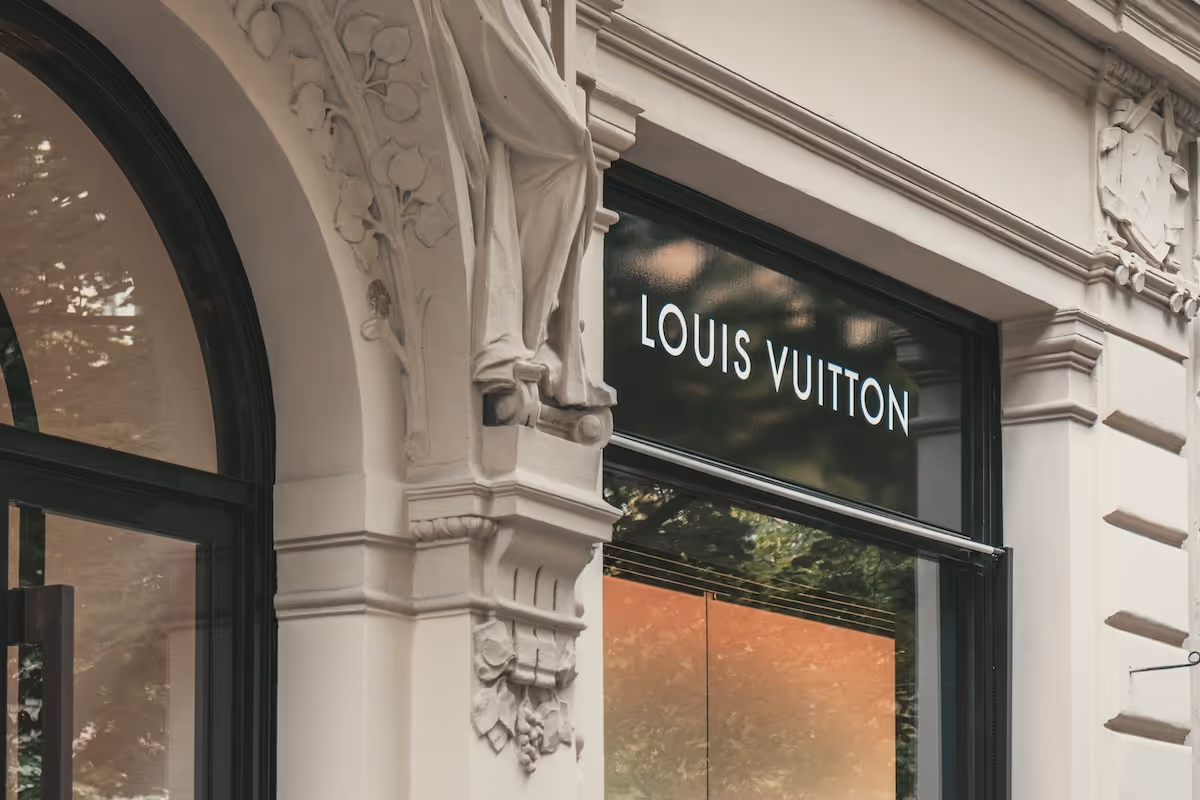Which crisis? The global luxury market is likely to have grown to 1.5 trillion euros

Despite, or perhaps because of, the numerous global trouble spots, the global luxury market boomed in 2023. Whether exclusive cruises and hotels, expensive clothing, jewelry, shoes or perfume — the money is looser for a rich clientele than you might think. Find out more about the reasons behind the luxury boom and how the market could continue to develop — also from an investor's perspective.
Luxury runs even in times of crisis
Thanks in particular to a wealthy Asian customer base, the luxury goods market saw broad-based growth in the past year. According to the 22nd edition of the “Luxury Goods Worldwide Market Study,” a Study by management consultancy Bain & Company and the Italian luxury goods association Fondazione Altagamma, have grown to around 1.5 trillion euros.
Demand in China rose by nine percent, in Southeast Asia by eight percent and in Japan by an impressive 17 percent. There, both local customers and the weak yen and the associated increase in tourists spurred luxury business. In Europe, luxury tourism sales have recovered almost to the previous level of the pandemic, with an expected increase of seven percent to 102 billion euros in the area of personal luxury goods. US luxury customers still have purchasing power, but have continued to consume abroad in particular, as the strong US dollar has encouraged overseas purchases.
Luxury Goods Study: These are the key segments
But what makes luxury goods so attractive even in times of high inflation and global economic policy crises? On the one hand, some categories, such as jewelry or luxury cars, are regarded as a store of value or investment with potential returns that can develop relatively independently of market developments. This property makes Luxury goods as an asset class interesting. On the other hand, their ownership testifies to a certain social status. The exclusivity of luxury items gives the buyer a feeling of uniqueness. That is why in economics, luxury goods are usually defined as superior goods whose demand, in contrast to necessary goods, rises disproportionately with increasing income.
- luxury cars
Owning a luxury car such as a Bentley, Mercedes-Maybach, Porsche, Lamborghini, Ferrari or Rolls-Royce is considered the ultimate status symbol. Thanks, among other things, to financially strong Asian customers, the Market grew in 2023 and is likely to continue to grow in the coming years.
- designer fashion, perfume, accessories, jewelry
The key segment of personal luxury goods — including designer clothing, shoes, leather goods, perfume and jewelry — recorded sustained growth in 2023. By the end of the year, it is expected to increase by four percent compared to 2022 and then amount to a total of 362 billion euros. The jewelry market alone is expected to reach a value of 30 billion euros in 2023, as precious metals as well as individual diamonds Prove to be attractive, stable investments, especially in times of economic uncertainty.
- Luxury holidays and gastronomy
The market for luxury restaurants and hotels has exceeded pre-pandemic levels due to the “catch-up effect” and is expected to grow by 13 to 15 percent this year. The number of partnerships between luxury brands and hotels has also increased. So for example Givenchy at Topping Rose House in the Hamptons, the Fendi Beach Club at the Puente Romano Beach Resort in Marbella and Dioriviera at The Beverly Hills Hotel.
Investing in the growing luxury market
Some key trends are likely to contribute to continued industry growth beyond 2024. These include a shift in luxury business from established core markets to emerging markets, the increasing importance of the rapidly growing online business and the brand-conscious Generation Z. While generations X and Y currently dominate the market for personal luxury goods and provide the core clientele in the near future, the up-and-coming Generation Z is increasingly providing impetus in the social and cultural sector. Their quest for special experiences and meaning not only influences their own purchasing decisions, but also shapes the values of other generations. By 2030, Generation Z is expected to generate 25 to 30 percent of sales, while Generation Y's share is around 50 percent. Statista forecasts for the luxury goods market (excluding travel and cars) a further, steady increase in turnover of 3.33 percent per year from 326 billion euros (2023) to 384 billion euros (2028).
But how can investors benefit from the luxury trend? The short answer to that question is: It depends. If you have a lot of free capital, you can of course buy a classic car or a top-class diamond, enjoy the prestige factor associated with the ownership and hope for an increase in value. But even investors who don't have millions in their account can invest in luxury. For example, by investing shares of luxury brands or holding companies such as LVMH, Hermès or Kering in their portfolio, which - with the exception of Hermès - combine many brands under one roof.
Or via digital shares of luxury goods, such as classic cars or diamonds. Because FINEXITY gives private investors the opportunity to benefit from their value enhancement potential just like an owner — with full financial flexibility.



